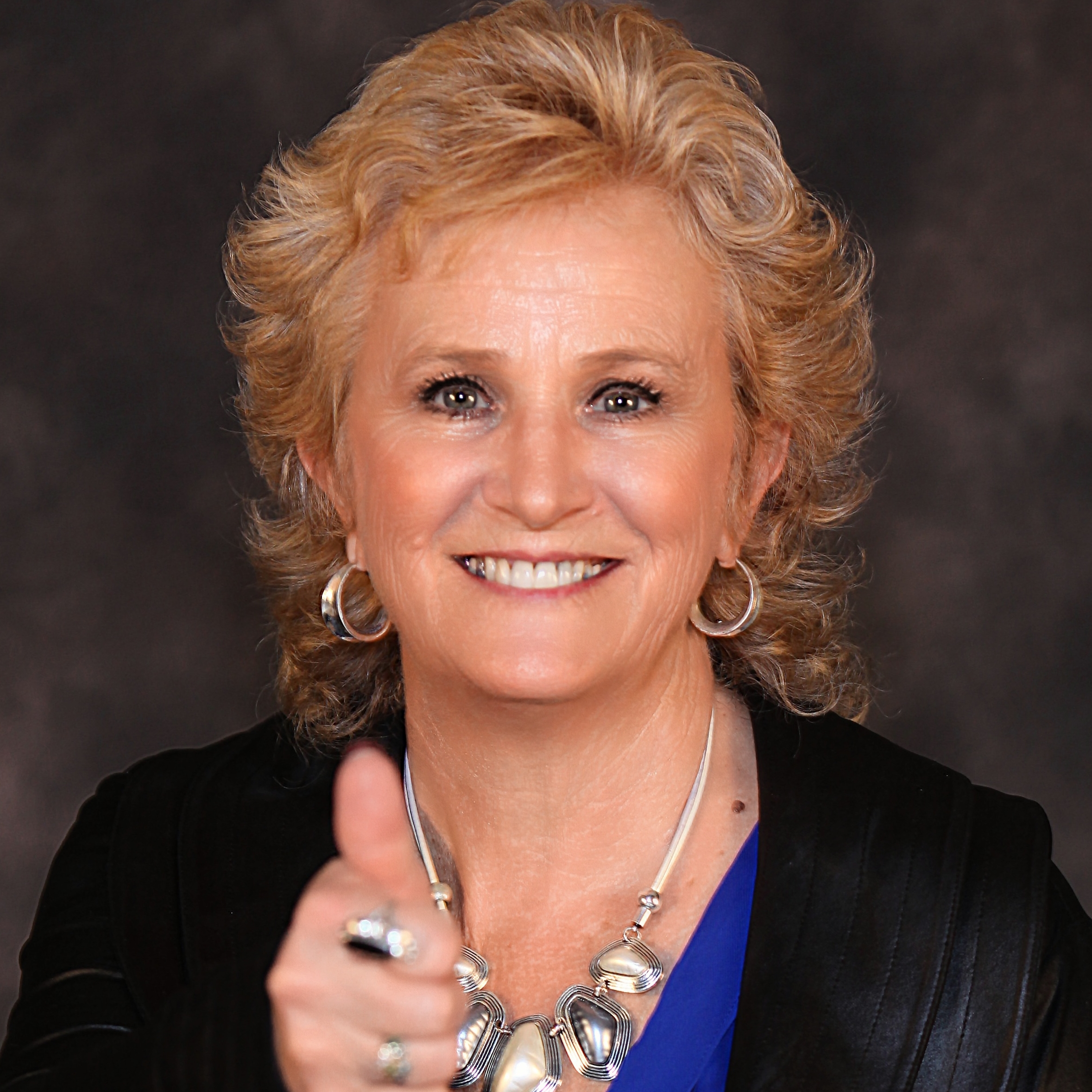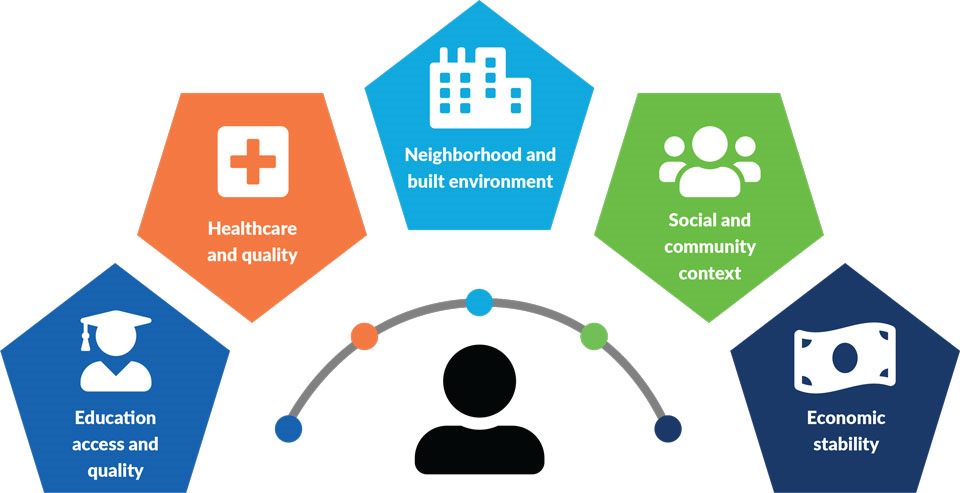How to engage with patients where they are by balancing automation with the human touch

The ability to maintain strong personal relationships with patients is a defining characteristic of successful provider organizations. In addition to having highly developed automated systems, a dedicated staff whose role is to personally engage with patients is important for providers.
As the nation has contended with the COVID-19 public health emergency, including the long time when face-to-face encounters became nearly impossible, the healthcare industry has been profoundly creative in finding new ways to reach our patients through automation. Now, as the country struggles to achieve a higher level of vaccination, we need to take stock of the future of those innovations and how they will affect patients’ perceptions of their care.
Implemented effectively, automated systems can improve healthcare processes, from both a clinical and administrative standpoint, while also improving the healthcare experience for patients. Despite these clear benefits, however, organizations should not lose sight of patients’ deep desire and need for a personal connection with their providers, which is not possible through automation alone.
An organization’s approach to automation and communication with patients should flow from its understanding of the patient’s circumstances. Thus, any strategy for automating patient processes also requires a human face, as reflected in the role of the patient navigator, which is discussed later in this article.
First, however, organizations must fully grasp why empathy should be the cornerstone of their overall strategy.
The need for empathy
Engaging with patients means meeting patients where they are. It means being highly aware that the patient may be scared of receiving a new diagnosis, scared from uncertainty about how they will pay for their care, scared of how it will impact their lives and overwhelmed when faced with the many business facets of healthcare. They are confronted with forms to be signed, required prior authorizations for many services, payment arrangements and many uncoordinated provider statements/bills. The need for integration of information among unconnected providers — labs, rehab facilities, hospitals and providers not employed by the hospitals — is monumental, and it should not be left to the patient to coordinate. It would pose a challenge for many of us even within the healthcare world, and it is one important goal of automation. But patients also need to be assured that this coordination is being managed for them, and that requires a personal touch.
Meeting patients where they are means understanding how to communicate with them in ways they understand. Industry catch phrases like “value over volume” or “interoperability” have little or no meaning for most patients. And when patients hear, for example, that their coverage for care has been “denied for lack of medical necessity” or that “the insurer has denied prior authorization even though your provider believes this procedure is needed,” they might feel the healthcare system is not focused on, or even interested in, their health. Providers therefore should take care not to bombard patients with terms they don’t understand and are embarrassed to ask about.
Providers also should recognize that each generation has its own preferences and barriers. It is not enough to tell patients, “Just use our portal” or “Visit our easy-to-access webpage with multiple drop-down choices” or “Set up your own payment plan online.” Some patients will love the online options. But many others will just want to talk with a real person. And all patients are likely to want a personal connection with their provider when they are ill, because accessing healthcare is rarely a choice, and it can involve a life-altering health event.
Automation also means very little to a patient who may not have access to the internet and who feels overwhelmed and ‘stupid’ when they do not understand the multiple bills, EOBs, provider letters, and how they tie together. Moreover, factors such as social determinants of health may pose a challenge for reaching patients through automated processes (see the sidebar below).
Patient engagement must be highly flexible, so maintaining it within a world of automation presents a true balancing act for today’s revenue cycle leaders.
Case example of meeting patients where they are
The ability to meet this challenge is the mark of a true leader. Here’s how one hospital’s revenue cycle director responded to that challenge.
She learned a powerful lesson from what at first was thought to be a great ‘win’ for the hospital (saved money and labor costs) but was actually perceived to be a great ‘loss’ by the community. Her organization had decided, at her prompting, to discontinue itemized statements for outpatient services and incorporate them into once-a-month statements. The hospital achieved the money- and time-saving objective — and loved it!
Then, as part of the commitment to community outreach, the revenue cycle director scheduled a visit to an area senior center on aging to provide a 20-minute, lunch-hour presentation on the difference between Medicare and Medicaid. At the end of the presentation, the director asked for questions. None of the 100 plus attendees raised their hand, so the director thanked the attendees and prepared to depart. But one of the center’s staff members stopped her and asked, “Don’t you want to help them with all the information they brought?”
She had noticed the shoe boxes and paper bags and thought, “Perhaps it was craft day.” But no, the seniors had gathered together all their statements, itemized bills from the hospital and many related invoices from durable medical equipment, hospice, physician practices and outpatient rehab — and now they were ready to have their questions answered.
The revenue cycle leader had a humbling experience as each senior took the opportunity to teach her what amounted to two important lessons:
- They were confused by and hated the combined statements.
- They had many ideas on ways to simplify the billing process for patients.
As a result, the leader was able to resolve the seniors’ problems with the statements, and she gained a new appreciation of the importance of seeking to understand a patient’s perspective when making such decisions.
The central role of the patient financial navigator
When we seek to listen to patients in an effort to meet patients where they are, we can find many exciting ways to reach the full diversity of the patients we serve. One important way we can better engage with patients is by creating the role of an onsite patient financial navigator, which complements the traditional role of financial counselor, to help guide patients through the complexities of our healthcare system. The navigator can explain to patients:
- How their insurance works
- What different terms mean and how those terms affect patients (e.g., what prior authorization means and why a service might be denied because it is not deemed medically necessary).
- How the revenue cycle process will work for them
- How estimates work and how to create a payment plan
- How to appeal insurance denials or reduced payments by payers
- How to understand and access the Affordable Care Act marketplace exchange option
- How to navigate the Medicaid option
- Whether and how the patient might qualify for charity care (as appropriate)
A hospital can go a long way in reducing the occurrence of bad debt and uncompensated care by providing such a person as a resource and ensuring the public is aware that this resource is available to them.
The navigator also can promote the organization’s efforts toward automation by helping patients understand how best to use the automation that will streamline their needs. It is important to emphasize, however, that organizations should not rely on patient navigators to fill all the gaps created by ineffective automation, which might require a huge navigator workforce, thereby negating the benefits of both approaches.
Get the word out
When patients feel well cared for, they will want to pay their bills. And that readiness to pay will be greater if they believe the revenue cycle team is committed to addressing their concerns, as evidenced by having an onsite financial navigator readily available to guide them not only through their hospital bills, but also with navigating all facets of the business of healthcare.
Keeping the automation in sight while maintaining a personal, human touch in guiding patients through the revenue cycle processes will help an organization achieve the crucial win for both the patients and the organization. But it also is important to tell your public, repeatedly, about the navigator program and all the ways it can help.
Engaging the patient means recognizing SDoH
Another powerful area of opportunity for healthcare organizations to coordinate automation with personal attention to patients’ healthcare is in addressing social determinants of health (SDoH). For the public, it is just another catch phrase. But for hospitals, SDoH is a critical concern, and when we examine its impact on the revenue cycle, we begin to see how focused health efforts on it can impact a patient’s costs.
Consider the following case example of lessons learned, which was shared anecdotally with the author at an HFMA Chapter meeting.
Two hospitals came together to focus on re-admissions to the emergency department (ED) for patients with diabetes. They had identified a geographical area where there was a high incidence of such ED visits, many of them also involving bad debt. There also was no grocery store within walking distance of the residents. With the presence of only convenience stores, it seemed clear that a diet and nutritional deficit were contributing to diabetes-related emergency visits.
The two hospitals pooled resources, found a bus and paid a driver for gas and insurance to shuttle residents for Saturday grocery shopping at a nearby supermarket. The community was informed of the service through outreach efforts, and residents began being bused to where they could get nutritious food.
When tracking the results, the hospitals found that, over a 90-day period, ED visits decreased significantly. It seemed clear that the residents’ health was being positively impacted by a simple community outreach. Yet the funding for the bus and driver became jeopardized by the difficulties the finance department faced in identifying an ROI.
The clinical team that spearheaded the initiative with the revenue cycle team to find a way to communicate to the finance department the significance of the reduction in ED visits and possible accompanying decrease in bad debt.
The value that can be achieved when revenue cycle processes allow for a focus on SDoH is evident in the experience by these two partner hospitals. Partnerships between SDoH clinical teams and revenue cycle teams represent another area that holds the promise of important wins for hospitals.
5 categories of SDoH

The Centers for Disease Control and Prevention defines social determinants of health (SDoH) as “the conditions in which people are born, grow, live, work, and age.”
Source: CDC, “Social determinants of health,” Public Health Professionals Gateway, Page last reviewed Oct. 23, 2020





